Bill Evans is Radio 3’s Composer of the Week this week. It inspired me to dig out an old piece I wrote about him. The quotes from various pianists are from a few years ago when I last dusted it off, but they all remain bang on the money. It’s a long piece, but then so was Bill’s career. Although not long enough.

It is July, 1980. As the heat of the summer’s day fades, Simon Wallace, regular pianist at the soon-to-be-legendary Blitz Club, is standing on the corner of Poland and Oxford Streets, waiting for his girlfriend. A thin, middle-aged American, despite the warmth, wearing a thick overcoat, stops and asks for help: ‘Sorry, I’m kinda lost. I’m looking for Ronnie Scott’s jazz club. I’ve been there before, but I can’t seem to get my bearings.’
Wallace explains he is going to the club himself to see pianist Bill Evans, one of his heroes. Oh. Do you play? the stranger asks. Yes, Wallace replies, explaining that he, too, is a piano player, although not in Bill’s league, but has latterly become disillusioned with the music business. In fact, Wallace has just applied for a job as a proof reader in a solicitor’s office. The pair chat some more and Wallace notices how much the man’s hands shake as he lights his cigarette. Wallace’s girlfriend finally appears and the three set off for Ronnie’s. When they get to the club in Frith St, the American greets the owner and says: ‘Hey, Ronnie. I’ve got a couple of guests. Are they OK to come in?’
Ronnie Scott looks them over with his famously gimlet eye. ‘Sure, Bill.’
Only then does Simon Wallace realise the bearded, jittery American is none other than the legendary genius of the piano, Bill Evans.
Thirty-odd years later, the same club. Simon Wallace, now a professional songwriter and of late the piano player with The Waterboys, is sitting at the bar with me. Bill Evans is playing over the speakers – on Stolen Moments by Oliver Nelson – and Wallace is recalling the night he saw the great pianist take to the small stage.
‘It was just beautiful,’ he says, echoing what keyboard colossus Keith Jarrett said about the first time he saw Evans (when Jarrett was 15). ‘Astonishing. The place was packed with musicians. I stood next to Andre Previn for one set. For me it was life-changing. The next morning I called up the solicitor’s office and said: I can’t take the job. I have to keep at the music. The day after that a gig came in playing piano six nights a week.’
It is an Oscar Peterson tribute night at Ronnie’s, and again the place is full of musicians, both veteran and tyro. When I mention the name Bill Evans even the most reticent and taciturn of players dig into their satchel of superlatives. It seems for most jazzers, the first time they heard the man, either live or on record, is seared into their memory. As James Pearson, the house pianist at Ronnie’s, says: ‘Bill Evans invented the piano trio as we know it today. You think it’s been around forever, but that first trio set the blueprint.’
And the soaring edifice constructed from that blueprint is in rude health across the globe. In the UK we have Gwilym Simcock, blurring the boundaries by nudging piano jazz towards classical music, Neil Cowley pushing the other way into hook-laden riffs, Kit Downes gliding effortlessly between the two and James Pearson at Ronnie’s on blistering form. Manchester’s Go-Go Penguin bring Aphex Twin and Steve Reich to the party, with exhilarating results. Elsewhere, Keith Jarrett’s venerable The Standards Trio is still excavating the mysteries of the like of Lerner and Loewe; Sweden’s EST (sadly terminated by Esbjorn Svenson’s untimely death) added electronic textures to the format, while Norway’s Tord Gustavson brings hymn-like grace to his tunes. America’s The Bad Plus and Brad Mehldau Trio turn Abba, Oasis and Radiohead into harmonically complex three-part work-outs, while Australasia has the genre-busting Aronas and Trichotomy threesomes. Italians revere the Alboran Trio and the bands of Franco d’Andrea and Stefano Bollani. (Jazz is still huge in Italy: even Mussolini’s son Romano had a piano trio). The Igor Gehenot Trio from Belgium manages to conjure the spirt of Ahmad Jamal and keith jarret while adding something fresh. There are scores of others who could be added to that roll call, without compromising its quality.

Despite the apparent limitations of a piano-bass-drums set-up, each of the above demonstrates in a different way just how malleable the basic paradigm is, and every one of the outfits owes a debt to Bill Evans. Simon Wallace: ‘As Chuck Israels, one of his great bass players, says, in some ways Evans’ time still hasn’t come. You can build a whole career just exploring what he put down.’
Alex Webb, once of the Barbican’s Contemporary Music Department and now an educator and author (the show café Society Swing is his), and a talented pianist and songwriter, agrees: ‘His work is an absolute textbook for piano players – you never get to the end of studying Bill Evans.’
Yet Evans’ repertoire was very narrow: there are some originals (Nardis, Waltz for Debby, Letter to Evan) but mostly he calls upon The Great American Songbook, material that can, in other hands, veer into cocktail jazz. Don’t ever say that to a Bill Evans fan, though, as I learned to my cost at Ronnie’s. ‘There’s too much going on, musically and intellectually, for it ever to be background music,’ argues Ian Shaw, one of our finest jazz singer-pianists, who also saw Evans at the club in 1980. ‘The harmonies, the passing chords, the touch, just the sound he got from a piano. He could take a song like Some Day My Prince will come or My Foolish Heart and turn it into a musical goldmine.’
It’s thirty-three years since Evans played his last gig at Ronnie Scott’s, one of his favourite venues. (John Fordham in Jazz Man, his biography of Ronnie, tells a knock-about story of the absurd lengths Scott and Pete King went to, trying to find a piano deemed worthy of Bill when he first played there.) Two months later he was dead. But still his name is treated with respect and awe by musicians. Keith Jarrett was once asked a question about technique and he replied: ‘Are you talking about Bill Evans or the rest of us?’
Yet Evans is not a universally familiar name outside the jazz ghetto, the way Miles, Brubeck, Coltrane or Ellington is, even though Bill is the backbone of an album you very likely own – even if you hate jazz – Miles Davis’s Kind of Blue.
Despite being pivotal to that record’s development and sound, Evans is not an icon of cool like Miles. He wasn’t a snappy dresser (dark suit, white shirt, tie) and for most of his life he looked like George McFly, as played by Crispin Glover in Back to the Future. Miles would strike photogenic poses; the bespectacled Bill would hunch awkwardly over the keyboard, cigarette drooping from his mouth, as if trying to locate a soft heartbeat from within the piano.
With Evans, image is nothing. It’s all about the sublime music, his achingly lyrical introspection, the way he can take a well-worn, familiar theme and give it a tension and beauty that at times are unbearable, perhaps all the more if the listener knows that his personal history is coloured, like so many jazz stories, by tragedy: early death, squandered talent, hustled cash, hard drugs, cheated wives, suicide and racial tension all play a crucial role in his tale.
BILL EVANS WAS BORN in Plainfield, New Jersey in 1929 to a Russian mother and a Welsh father. Mom was an amateur pianist; dad was a professional alcoholic and golf course manager. Gifted enough to be able to play violin and flute from an early age, he learned piano from his older brother Harry and by the age of 12 he was depping for him in local bands. The kid quickly gained attention for the way he could invert and substitute chords and phrases, bringing freshness to tired, over-worked tunes. At the same time, he was going through his mother’s collection of sheet music and absorbing influences from Ravel, Debussy, Satie, Bach and Stravinsky, as well as honing his boogie-woogie. He later admitted he played up to six hours piano a day.
By the early fifties he was performing regularly in dance bands and developing his lifelong interest in Eastern philosophies; by the middle he was recording his first pieces for release and by end of the decade he had fallen into the trap that snared so many of his jazz generation: he became a junkie. The piano and heroin would be twin mistresses for the next dozen years.
His first album as leader, in 1956, was called New Jazz Conceptions, not all of which was entirely new (you can hear Bud Powell, Erroll Garner, Nat Cole and others in there), but it did contain his classic piece Waltz for Debby, a gorgeous little jewel of a song that he would come back to time and again. The album was well received by the critics, but sold less than a thousand copies.
Still, the next call was from Miles Davis. Although by this time Evans was a full-blown junkie, that didn’t trouble Miles too much. He had himself been in thrall to heroin, as had the group’s saxophone giant John Coltrane. They could handle that. What proved more difficult was handling Bill’s colour.
Miles later explained why he hired this gangly white boy: ‘Bill had this quiet fire that I loved on piano.. he had a sound that was like crystal notes or sparkling water cascading down from some clear waterfall.’
(To see what Miles mean listen to Peace Piece on his second solo album, the prophetically titled Everybody Digs Bill Evans.)
Evans was to last just 10 months in Davis group before he claimed to be ‘exhausted from all the travelling’. But the effort of feeding his drug habit must also have taken his toll, as would another aspect: many fans objected to Evans because he was white, because he have the ‘gospelly’ sound of Red Garland – whom he had replaced – or because his playing was too ‘delicate’. Which was just another way of saying ‘too white’ again: all those European composers had left their mark. Despite sterling support from the ensemble, the pressure got to Evans. As Miles wrote in his autobiography: ‘Some of the things that caused Bill to leave the band hurt me, like that shit some black people put on him about being a white boy in our band.’

Whatever the real reason – and it might well have been a combination of factors – by November 1959, Evans was gone, replaced by Wynton Kelly, who had the right skin tone and sound for the critical fans.
There is another, positive side to this, of course. Aron Ottignon of the trio Aronas is a talented young pianist from a musical family (dad used to play with Manfred Mann, sister Holly is an accomplished jazz singer) who won the New Zealand under-25s National Jazz Musician of the Year when he was just 11. His thrilled piano teacher gave him a copy of Explorations by Bill Evans. ‘He had his incredible touch, it brought a tear to my eye every time I played it. But just as importantly, here was a white guy – a white guy! – who could swing. He made me believe I could too swing if I wanted if I dedicated myself enough.’
In and out of Miles group, Evans helped convinced several generations that being black wasn’t essential to becoming a serious jazz player.
Race might have driven them apart, but Miles and Evans weren’t done. A few months after he left the band, Evans got a call from the trumpeter, saying he was putting together an album that would take him in a new direction. As he would later write, he wanted to build that recording around the piano playing of Bill Evans. The project didn’t even have a name, but it was to go on to become the best-selling jazz album ever.
KIND OF BLUE is the subject of two excellent books, one, simply named after the album, by Ashley Kahn and the more recent The Blue Moment by Richard Williams. The former is brilliant in elucidating what went on in the studio and how the tracks were put together; Williams does a fine and entertaining job of placing the recording in a larger context, even if sometimes his claims for its universal reach seem a little strained. Both, naturally, agree on the pre-eminence of the album, regarding it as a bona fide masterpiece.
Bill Evans appears on all but one track of Kind of Blue, Freddie Freeloader, the first number recorded (but the second on the final running order) which features the more conventional piano of Wynton Kelly. In fact, this bluesy number is the most straightforward track: the rest of the album bears the subtler, more cerebral influence of the white boy Kelly replaced.
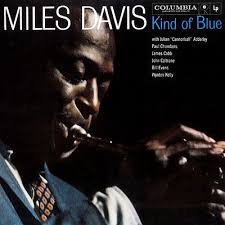
Although Miles had experimented with ways of creating new musical scaffoldings for his players on previous recordings, Kind of Blue is the first entire album based entirely on modes or scales. A modal approach gives players amazing freedom from having to work with the ‘changes’ or chord structures of the conventional songs which were usually the basis of improvisation up to that point. KoB shifted the rules, not just for jazz, but for rock: years later bands like the Allman Brothers and Butterfield Blues Band heard the record and realised you could jam all night on those exotic scales, although not always to the audience’s benefit (on the plus side, Smells Like Teen Spirit uses a modal tuning). ‘Serious’ musicians such as Terry Riley and Philip Glass also took note and assimilated the lessons of Miles’s explorations. Chick Corea has said that Kind of Blue ‘practically created a new musical language’.
Apart from great performances across the board by the band, the album is certainly full of influential and memorable motifs, many that involve Evans directly: So What, with its intriguing, out-of-time intro; the hypnotic rolling ostinato underpinning All Blues and what Scottish pianist Tom Gibb calls the pianist’s ‘rhapsodic moment’ on the final bars of Blue in Green. Over and over, I have heard players tell me that it was that latter track which turned them on to Bill.
Neil Cowley, formerly with the Brand New Heavies, who now leads his own trio and is, like Evans, classically trained:
‘The first time I heard Bill Evans was in a flat in Walthamstow when I was a young musician, hanging around with musos. It was the last 30 seconds of Blue in Green by Miles Davis that was played to me on a tape player. As everyone commented on the economy of his expression, I sat rather quietly, musing on the fact that the last gig I’d done with this particular band of musicians, I’d tried to play just about every note on the piano as fast as humanly possible. So I hated Bill Evans for the humiliation. But of course, it was the best lesson of all: to strive to say something real, with one note if need be, knowing that it was actually learnt and understood, over and above trying to emulate ‘flashness’ with a thousand notes and saying absolutely nothing. Blue in Green taught me that.’
It is also the most contentious track, because, as is often the case in improvised music, there was some dispute over the exact authorship. Evans insisted it was his: ‘In a sense me and Miles co-composed [side two’s] Flamenco Sketches but Blue in Green was all mine.’
When he later re-recorded the tune Evans credited it to the pair of them. Miles, though, was adamant: ‘Some people went around saying that Bill was co-composer of the music on Kind of Blue. That isn’t true; it’s all mine and the concept was mine.’ Then again, it wasn’t the only accusation of co-opting Miles suffered in his career.
Whoever made the music (and the Davis estate conceded Evans’ contribution in 2002), neither could guess at its lasting impact or the 3 million-and-counting sales KoB would generate or the fact it is number 12 in Rolling Stone’s 500 Greatest Albums.
Drummer Jimmy Cobb, the sole surviving member of that group of seven musicians (Davis, Evans, Kelly, Coltrane, alto player Cannonball Adderley, and Paul Chambers on bass), has always insisted: ‘To me it was just another Miles Davis recording and one that everybody played well on. If Miles had even had an inkling of what was going to happen, he would have asked for a truckload of money and four Ferraris sitting outside.’
No doubt so would Evans. A considerable proportion of his money at that time was going on drugs. He was married, but his wife Ellaine was on heroin, too. Not that he was a nasty junkie. His approach was passive-aggressive, mostly without the aggressive. His producer Orrin Keepnews said: ‘Bill was a sweet guy would just hang around the office till you felt sorry for him and gave him an advance.’ The advance inevitably went into his arm.
However, his friend the great jazz writer Gene Lees also described how when Bill once received a very large upfront payment for a contract, they scrupulously went around and paid back every friend he had hustled for cash, including Zoot Simms, who had forgotten all about the six hundred dollar ‘loan’ he had made to Evans.
But in between the troughs of a troubled personal life, Evans moved on from Kind Of Blue, back to the small group setting that would dominate his career, to create what is still considered the greatest three-musician partnership in late 20th-century jazz – the so-called First Trio – and which produced one of the most captivating and best-loved live recordings in popular music.
THE VILLAGE VANGUARD is still in the same crepuscular basement it’s occupied since 1935, still doesn’t take credit cards or serve food and is still steeped in legend about the musicians who got a start there. The owner Max Gordon once asked Miles to back a support act. As Miles wrote: ‘So I told him I didn’t play behind no girl singer.. So Max said, “Her name is Barbra Streisand and she’s going to be a real big star.” So every time I see her today somewhere I say, “Goddamn,” and just shake my head.’
But the club is also known as an important rite of passage. If you can put ‘Live At The Village Vanguard’ on your record, you know you have moved up several rungs of the jazz ladder. Over a hundred albums have that coveted impreteur, but the reputation is actually built on a handful of genuine classics, from Sonny Rollins, John Coltrane, Dexter Gordon, Brad Mehldau and, at or near the top of the tree, Sunday at the Village Vanguard by the Bill Evans Trio and its companion piece Waltz For Debby.
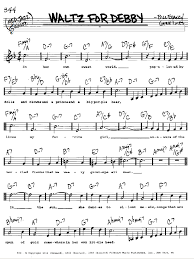
The trio was Bill plus drummer Paul Motian and a young bassist called Scott La Faro. They were booked in for a two week residency at the club in June, 1961, after they had been playing together off and on for two years. Producer Orrin Keepnews chose to record the last day of the run, because there would be a matinee set on the Sunday as well as the evening show, so there would be two complete takes. ‘Why did I choose the final day of the two weeks?’ he asked himself later. ‘Talk about living dangerously.’
He needn’t have worried. Ronnie Scott’s house pianist James Pearson: ‘Those albums are really remarkable because for the first time there are three players sharing the spotlight. Before Bill Evans’ trio, the drum and bass were just there to keep time or to support the piano, but that isn’t the case here. Scott La Faro, in particular, is just right up there.’
Kit Downes, one of the UK’s brightest piano stars, says: ‘Out of all my records, Sunday at the Village Vanguard is probably my favorite – sensitive but yet powerful, loose but tight, educated but still natural – Bill Evans really embraced the things that I love most about any kind of music.’
And, even more impressive, as Evans once revealed: ‘We never rehearse. Never have. We just go up on stage and play.’ Which made the band’s achievement even more incredible.
Two weeks later the 25-year old La Faro was killed in a car crash. Evans went to pieces and didn’t – couldn’t – touch a piano for months. He told Gene Lees that he felt guilty because his addiction meant he hadn’t made the most of his time with La Faro. When the first Vanguard album came out, it was a memorial to the bassist, and opens with his tune Gloria’s Step (on which the Evans biographer Keith Shadwick says La Faro is ‘mind-bogglingly creative’) and the selections were those that best showcased the young man’s playing over the two sets.
Whether that first trio would have survived for much longer is open to question. La Faro was increasingly appalled by Evan’s addiction and frequently tried to make him give up, but to jazz fans his death is a Jimi Hendrix, Richey Edwards or Kurt Cobain moment, full of what-might-have-beens and cruelly curtailed talent and opportunity.
IF EVANS HAD ENDED his career there and then, he would still have had a firm, guaranteed place is the jazz pantheon. But he struggled on, playing in trios with other hugely inventive musicians, recording groundbreaking multi-tracked albums (Conversations with Myself), solo albums (Alone) and duets (notably with guitarist Jim Hall and sax great Stan Getz). His life was still blighted by drugs and he couldn’t escape the physical consequences: at one point one of his hands had swollen to twice its normal size and he had constant trouble with his bloated ankles and feet.
The fact he lived so long is probably down to two people: Gene Lees, who as well as putting lyrics to some of his songs, nurtured and protected him, and his feisty manager, and later producer, Helen Keane (whom Lees introduced to Evans). Both believed in his talent, and both tried to free him from his addictions and to keep the loan sharks at bay, men who, in shades of the busting of Paul Newman’s thumbs in The Hustler, would threaten to smash his fingers.
He did eventually free himself from dependence on drugs, and so did his wife, but then in 1973 he met Nenette Zazarra and fell in love with the younger woman. Ellaine Evans threw herself under a subway train when she realised her man had gone. Evans slunk back to the numbness of narcotics after that, before finally getting clean.

Creatively, the 1970s were full of other kinds of highs, usually with bassist Eddie Gomez and various drummers, but Evans’ style of music was now moving out of fashion. Miles’s In A Silent Way/ Bitches Brew axis had spawned jazz-rock; synths and electric keyboards were in vogue and Weather Report, the Mahavishnu Orchestra and Return to Forever were the big, bombastic stars. While they sold out stadiums and drained National Grids, Evans was still exploring the Great American Songbook in small jazz clubs or at festivals such Montreux, where it was often the electric warriors who were treated with suspicion, not a man at a grand piano. He did try varying his line-ups (and even used the electric piano here and there), but shied away from suggestions that he make a rock album or somehow pander to the market. But this integrity counted for nothing with the public, and his critical and popular standing slipped.
In 1975 Evans recorded and performed with Tony Bennett, who had seen him at Ronnie’s in London and conceived the idea of a stripped-down piano/voice album. Ian Shaw is a huge fan of the duets: ‘Evans’ “comping” has these little chordal, semi-quaver footsteps between the melodies of the most beautiful collection of love songs, somehow lush yet harmonically playful. He gives a dream accompaniment for any jazz singer, although many purists thought Bennett wasn’t that at all.’ And at that time, before his current International Treasure status, Bennett was seen as decidedly old school, and the collaboration seemed to confirm to younger jazz fans that Evans was of the past.
But what all this means is that the Evans catalogue is remarkably pure and unsullied, light on embarrassing follies or crass commercialism. Even when a particular setting doesn’t work, or it’s not a sparkling night for the band, you hear an artist doing what he wants to be doing, following his creative urge, rather than what he feels he should be trying.
And listen to what the current generation of piano talent, in the form of Jamie Safiruddin, pianist with the very up and coming Ben Cox Band, has to say about those two Bennett albums: ‘Evans achieves an apotheosis of jazz artistry and accompaniment, which are the ideal contrast to Bennett’s powerful but succinct singing. Evans’ uniquely rich sound, deftly virtuosic touch and playful rhythm create a broad and innovative palette with which this great master pays perfect homage to the melody, the lyrics and the song.’
By the end of the decade Evans had formed another in his sequence of trios, with Marc Johnson on bass and Joe LaBarbera on drums. It is now known as the Final Trio, and Bill Evans declared this unit to be the closest yet to his seminal La Faro/Motian line up. This was the group that played at Ronnie’s in July 1980 and you can hear them there on a hard-to-find album called Letter to Evan, the title track of which is dedicated to his young son with Nennette. That record and – especially – others taped later at The Village Vanguard give the lie to the theory that his talent was ossified or dissipated, for the standard of playing and the communication between the band – albeit it in a different way to that of the First Trio – is often exceptional. True, the repertoire has hardly widened, but at his best he is still finding fresh things to say and different ways of attacking songs. One surprise is the speed with which Evans occasionally performs, there are sudden bursts of high-energy single lines or a flurry of chords as a theme is stated and dismissed. This is probably because, by 1980, he was using cocaine.
Separated from his second wife and son, depressed by the suicide of his brother Harry at 52, living alone, consuming coke – which he thought ‘safer’ than heroin – at a prodigious rate, a twilight figure in his own country (but not in Europe, where he was still revered), Evans’s life was yet again a grueling dichotomy, with professional joy contrasting with a rapid personal decline. His physical condition deteriorated throughout the summer of 1980; at the end of it he asked Joe LaBarbera to drive him to hospital, as he was having severe stomach pains. He died in Mount Sinai on September 15th.

SINCE HIS DEATH Evans’ reputation has been restored and grown, dozens of recordings have been unearthed, and without doubt there is now a cult of Bill Evans, the lost, tortured soul, not dissimilar to that surrounding Nick Drake (albeit with considerably more recorded output). This annoys Gene Lees, who describes the adulation given to every last note his friend ever played as ‘morbid bordering on necrophilia’. He simply says: ‘Bill Evans was incredibly talented and equally incredibly self-destructive.’ Perhaps the two were interwined, somehow, like a pernicious DNA.
Evans for sure would be dismayed that his chaotic personal life sometimes gets in the way of appreciating his music, just as he would agree that not every night he played was worth preserving. Evans’s early-sixties bassist Chuck Israels reckoned the real magic, the almost telepathic interplay of three world-class musicians at the top of their game, only happened consistently about once every thirty performances. Still, that was never for want of trying.

In his autobiography, The Good Life, Tony Bennett tells of a call he received from Evans in 1980 while the singer was playing a small town in Texas. Amazed that his friend and collaborator had tracked him down in the boondocks, Bennett could tell Evans was sick and both knew that the end was near. Not surprisingly, the pianist was in a plaintive, ruminative mood. ‘I wanted to tell you one thing: just think truth and beauty,’ Evans told him. ‘ Forget about everything else. Just concentrate on truth and beauty.’
Truth and Beauty: two things you’ll still discover on any Bill Evans album you care to play.
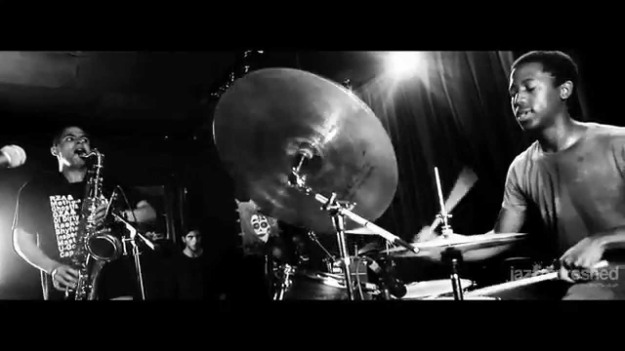
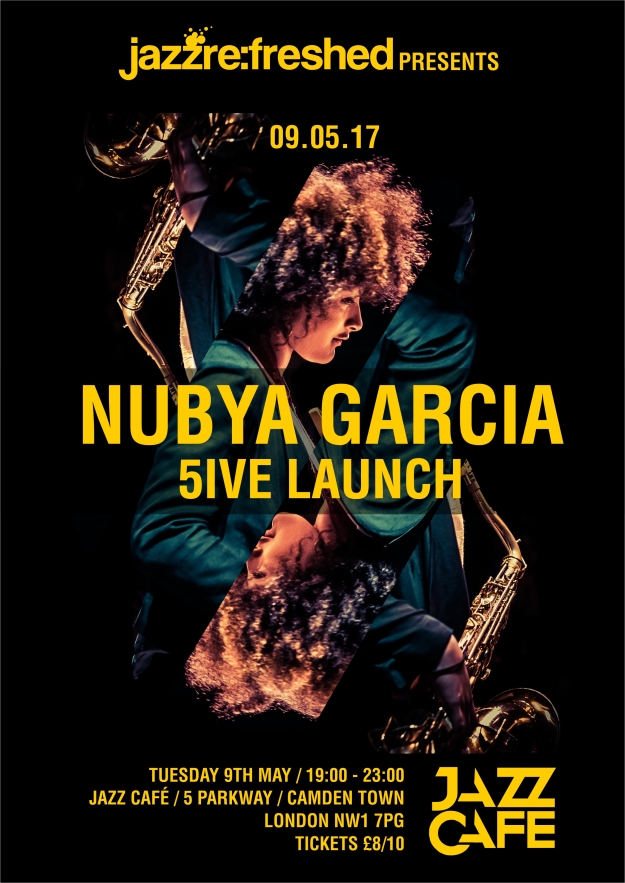


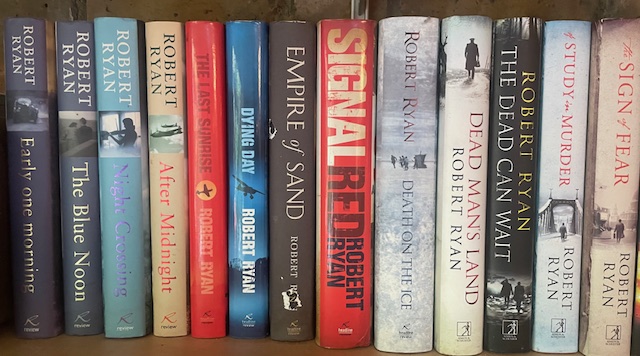

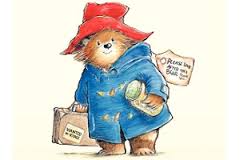
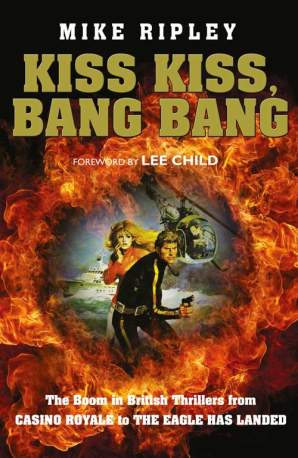
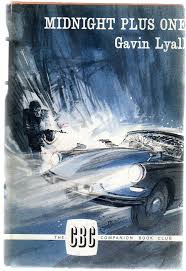

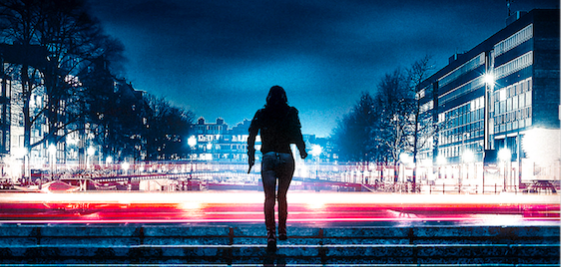
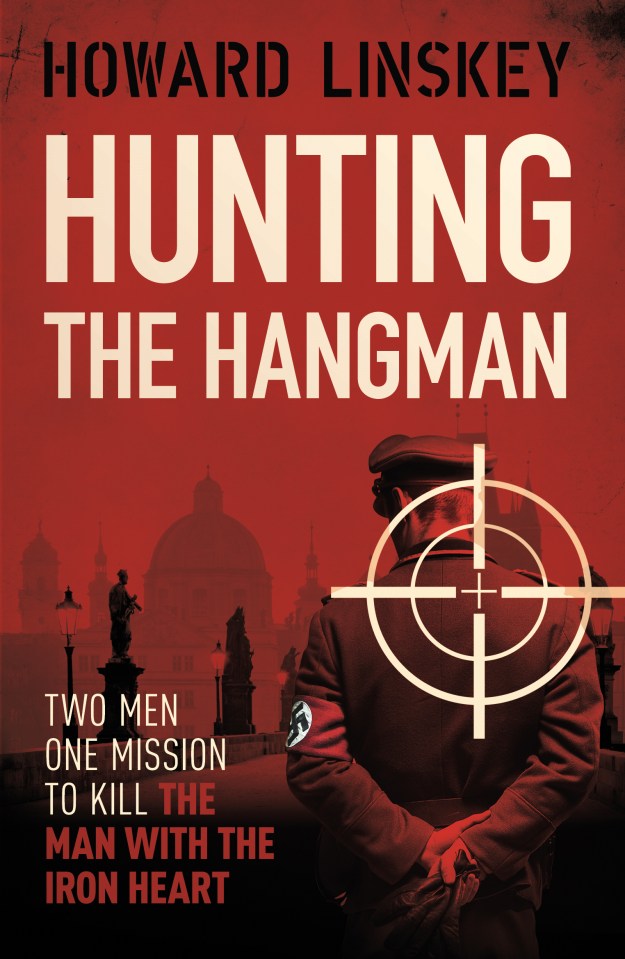







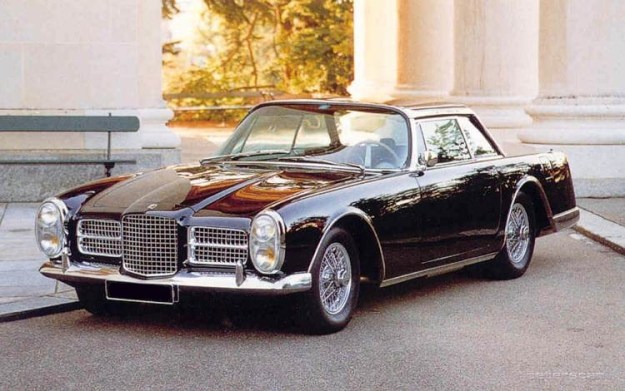 The authors unearthed the original owner’s manual, which gives a clue as to its unpredictability:.
The authors unearthed the original owner’s manual, which gives a clue as to its unpredictability:.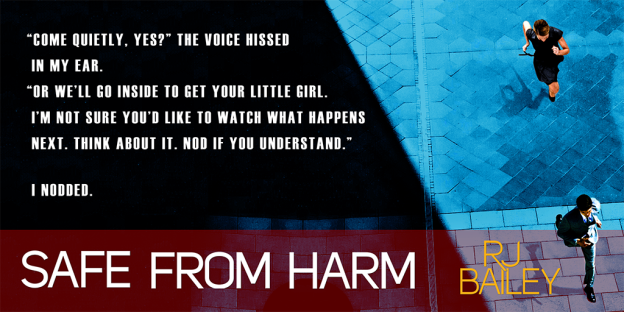
 I have been playing it all morning and was going to review it, but discovered Dave Gelly in the Observer had beaten me to it.
I have been playing it all morning and was going to review it, but discovered Dave Gelly in the Observer had beaten me to it.









